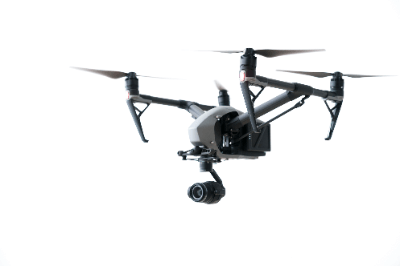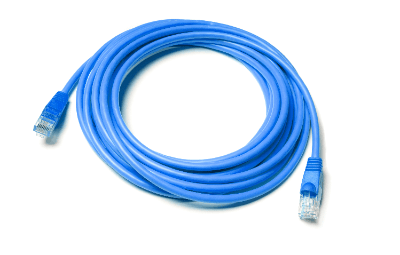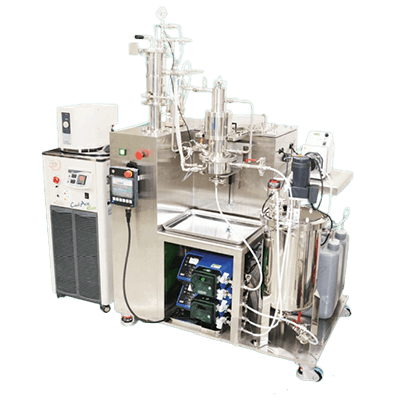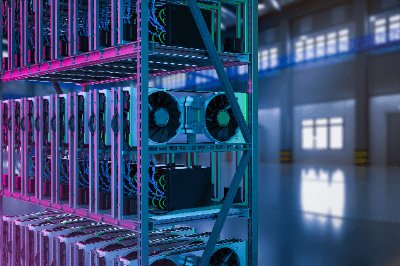What Is an Industrial Drone?

Industrial drones are primarily utilized to enhance efficiency, reduce costs, and minimize risks in various business operations. They are designed for a range of applications across numerous industries, such as search and rescue, agriculture, and infrastructure inspections. Operators of industrial drones typically require skill certifications, classified into first-class and second-class Unmanned Aircraft Pilot qualifications, valid for three years, allowing unrestricted drone operation.
Uses of Industrial Drones
Industrial drones are widely used in fields like search and rescue, agriculture, and particularly for infrastructure facility inspections. They enable access to and examination of areas challenging for human inspection, thus playing a crucial role in ensuring the integrity and safety of facilities.
Principles of Industrial Drones
These drones typically feature four propellers, each positioned diagonally, controlled to rotate in both directions for balance during operation. Stable operation hinges on the pilot’s skills and the drone’s sensitive sensors. Many industrial drones are designed for autonomous flight, often incorporating GPS functionality to identify their flying position automatically.
How to Choose Industrial Drones
Selecting an industrial drone involves considering various functionalities specific to each model:
1. Camera Functionality
For tasks like facility inspections, high-resolution imaging is vital for clear observation. Some drones offer interchangeable lenses to suit different tasks and allow footage viewing on smartphones. Infrared camera capabilities are important for low-light imaging, detecting subjects using infrared radiation in dark environments.
2. Security Features
For business use, selecting drones with robust security measures to protect wireless communication and video data is recommended, ensuring data confidentiality.
3. Sensor Accuracy
Collision avoidance is critical for safe drone operation. Drones should have accurate sensors to detect obstacles and avoid collisions, especially in areas beyond visual confirmation, ensuring safe and effective operation.
4. GPS Functionality
Drones with integrated GPS offer autonomous flight, enhancing operational efficiency. These drones can navigate even in confined spaces, with some models allowing switching between autonomous and manual control.



